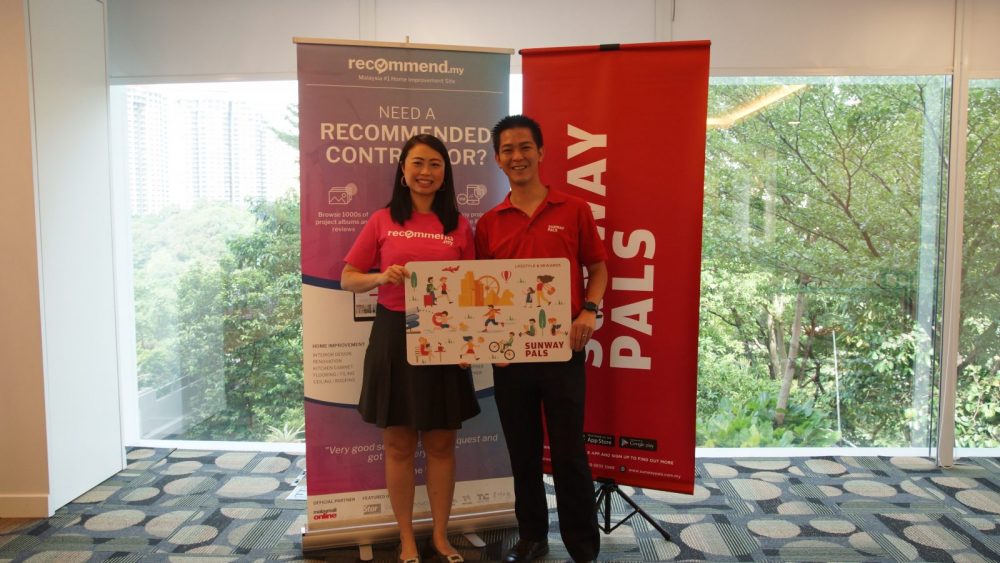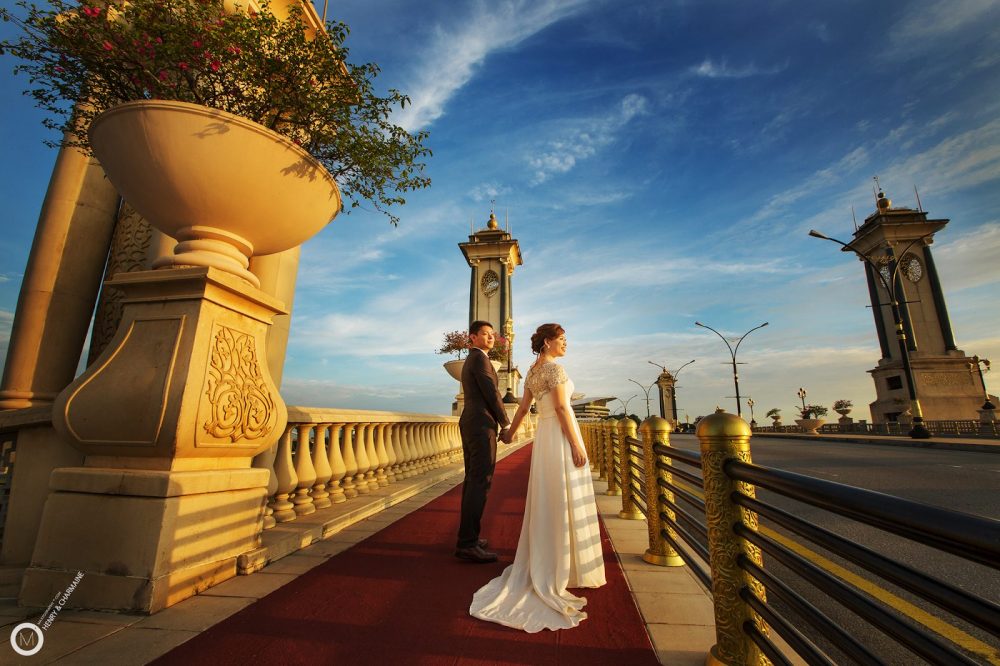A traditional Chinese wedding is often full of beautiful, meaningful, and sometimes bizarre rituals. In Malaysia, the traditions brought down from our ancestors have been adapted and modernized over the years just like in several other countries. Many of us have either witnessed these traditions if we’ve been to a Chinese wedding, or been through them ourselves. But what do they really mean? We found out the meaning and history behind these popular modern Chinese wedding traditions in Malaysia.
Table of Contents
1. Offerings

It is customary for the groom and his entourage to come to the bride’s house for the first part of the ceremony. The bride will wait in her room for the groom to “collect” her and bring her back to his house. While waiting for him to show up, the bride’s family traditionally sets up a table of offerings for the Gods and ancestors, to bless the couple with a long and happy marriage. This usually includes burning of joss sticks and offerings such as fruits and sweet treats.
2. Red veil

The red veil seen in traditional Chinese weddings is similar to the white veil worn in Christian weddings. Traditionally, it was meant to symbolise modesty and to cover the bride’s face until later in the bridal chamber where the groom will take it off. Today it is a ritual practiced for tradition’s sake, and is often removed by the groom after the ceremony. The colour red symbolises happiness in Chinese culture which is why it is often the main colour theme in a Chinese wedding.


3. Tea ceremony

The ritual of the Chinese Wedding Tea ceremony has prevailed over time as it is an important part of Chinese culture. Even the most simplistic of Chinese weddings will include this ritual. The bride and groom serves tea to their parents and older married relatives such as grandparents, uncles, aunties, and cousins. It signifies a symbol of love, respect and gratitude. The tea recipients will remain seated while the couple kneel or bow to serve them the tea, and will then present them with an ang pao packet (cash gift).
After the ritual is over, the couple will sit in their seats and be greeted by the children of their families who will call them “aunty” and “uncle”, and the couple will give them ang pao. Traditionally, tea also symbolises purity, stability, and fertility. It is a meaningful moment in a Chinese wedding as it seen as the moment when the two families officially unite in marriage.


4. Red umbrella

It’s got nothing to do with rain! The red umbrella is traditionally held by the bride’s father to shelter the bride to the car as she is leaving the house to go to the groom’s residence. During this time, the relatives will also throw rice on top of the umbrella. This ritual is meant to protect the bride from evil spirits that may be watching the house.
 Daren Chong Photography. Source.
Daren Chong Photography. Source.
5. Loud noises

When the bride arrives to the groom’s house, there will often be loud music, gongs and firecrackers to celebrate her arrival. While it serves the purpose of creating a festive atmosphere, it is also believed that loud noises will scare away evil spirits, which is another reason why the groom’s procession will honk their horns on the way to the bride’s house.
6. Baby Boy on the Bed

This is a unique tradition not found in other cultures. When the marital bed has been set up, a baby boy from either one of the families born under the Year of the Dragon will be made to play and roll around on the bed. The belief behind this tradition is to ensure the couple will be blessed with a son, which is very important in Chinese culture. If there is no baby relative at the time of the wedding, a young boy can also take part, where he will jump on the bed and play games with the couple.
In the olden days, sons traditionally stayed home after marriage while daughters left to live with their in-laws. They also carried the family name. Parents needed their sons to help take care of them in their old age, which is why having more sons was celebrated and encouraged. In modern times, this is not really the case, but the ritual lives on.

7. Throwing The Fan

When the bride’s in the wedding car, she throws a pretty Chinese fan out of the window. It is believed that when she does this, she also throws out her ‘bad temper’ and other negative qualities so that the couple will have a happy and smooth marriage.
8. Greeting the Groom

When the groom arrives to the bride’s house, he must not leave the car by himself. Traditionally, the bride’s brother must open the door for him and escort him into the home. This symbolises the bride’s family accepting and welcoming the groom to the family. If the bride does not have a brother, a cousin may be recruited for the task.
9. Heng Tai Games
Once the groom and his groomsmen (known as ‘heng tai’) arrives to the bride’s house, they will be expected to participate in “gatecrash games” organised by the bridesmaids (or ‘ji mui’). They must complete these “challenges” before the groom can be allowed inside the house to collect his bride. These games are meant to humiliate the boys (all in great fun, of course!) so more often than not, these games are quite PG-13! The more creative and embarrassing, the better. Some examples are making the men were diapers, drink disgusting concoctions, lick whipped cream off each other’s toes…you get the idea.


READ: Can We Agree To Stop Torturing The Groom’s Heng Tais Already?









Pingback: Planning a Chinese wedding? Handy tips here - The Gibsons Photography - Relaxed and Natural Photography